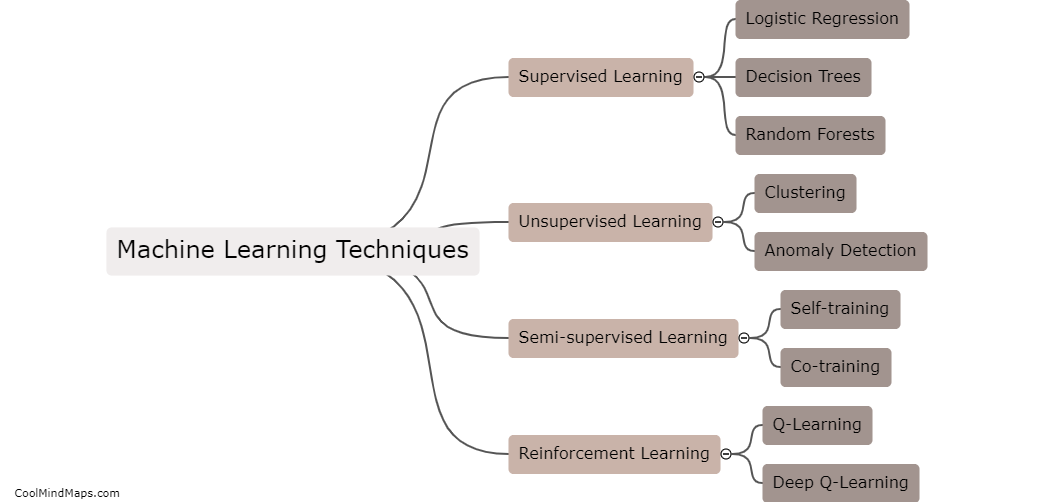What are the classifications of carbohydrates?
Carbohydrates, also known as saccharides, are organic compounds made up of carbon, hydrogen, and oxygen. They are classified into three main groups based on their structural complexity: monosaccharides, disaccharides, and polysaccharides. Monosaccharides are the simplest form and cannot be further broken down into smaller units. Examples include glucose, fructose, and galactose. Disaccharides are formed when two monosaccharides join together through a dehydration reaction. Common examples include sucrose, lactose, and maltose. Polysaccharides, on the other hand, are composed of long chains of monosaccharides linked together. These complex carbohydrates include starch, glycogen, and cellulose, each with different functions and roles in the body. Overall, these classifications help to understand the diverse roles and varieties of carbohydrates in diet and metabolism.

This mind map was published on 6 December 2023 and has been viewed 97 times.











